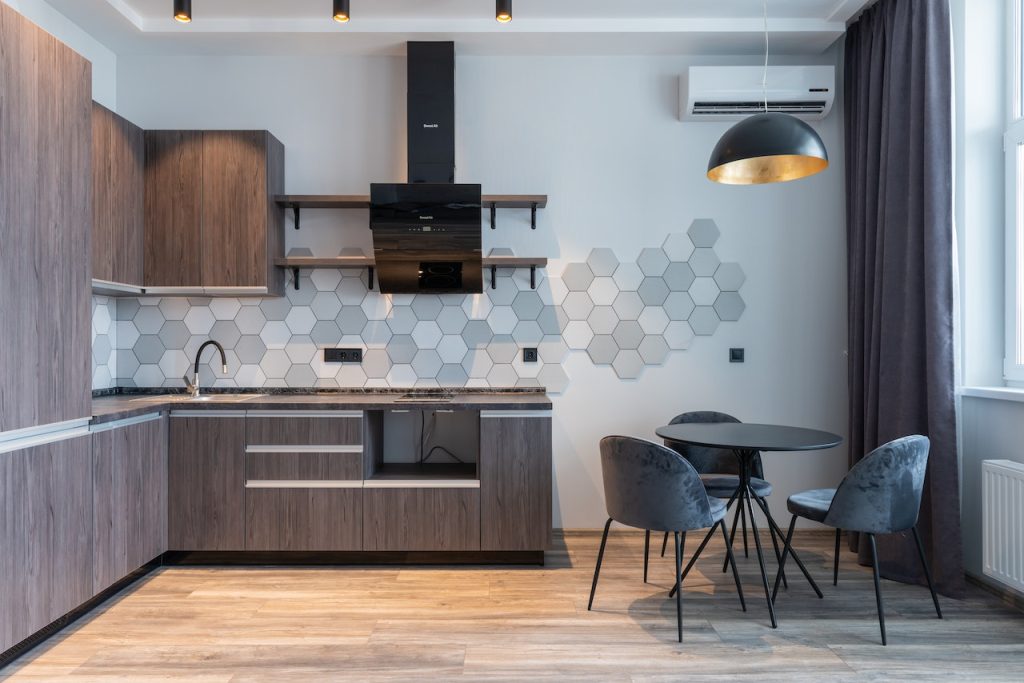Energy-efficient houses are designed and built to maximize energy efficiency. They typically use building materials and technologies that reduce energy use and costs, such as improved insulation, energy-efficient windows, and renewable energy sources like solar panels.
Energy-efficient houses also often employ energy-saving appliances, efficient lighting, and smart home automation systems. As a result, they can reduce energy bills and help protect the environment. But which factors should homeowners consider?
1. Walls
Regarding energy efficiency, your home’s walls play a crucial role. They should be well-insulated to prevent heat loss and reduce energy bills while improving the comfort level in your home and reducing your carbon footprint. The areas that require insulation include attics and basements. Choose materials such as fiberglass insulation, cellulose, and foam board insulation.
a. Fiberglass Insulation
Fiberglass insulation is one of the most popular types of insulation available. It is made from tiny strands of glass held together with a resin binder. It is commonly used in attics, walls, and floors. Fiberglass insulation is relatively inexpensive and easy to install. Still, it can cause skin irritation and is not recommended for use in areas where people will be in direct contact with it.
b. Cellulose Insulation
Cellulose insulation is made from recycled paper products and is treated with fire retardants and insecticides. It is typically used in attics and walls and reduces heat loss. It is also relatively inexpensive and easy to install, but it can be messy to work with and is not recommended for areas with moisture or humidity.
c. Foam Board Insulation
Foam board insulation is made from polystyrene or polyisocyanurate foam and is used mainly in walls and attics. It is lightweight and easy to install but more expensive than other types of insulation. It also provides less insulation than fiberglass or cellulose. Therefore, it is not recommended for areas where extreme temperatures are expected.
2. Envelope Air Sealing
Envelope air sealing is the process of creating a barrier between the interior and exterior of the home to reduce air leakage. It is typically done around windows and doors and in attics, basements, and crawl spaces. Air sealing is essential for improving energy efficiency and reducing drafts. Sealing materials include caulk, weatherstripping, spray foam, and insulation.
3. HVAC Systems
HVAC systems are systems used to heat, ventilate, and lower the temperature in homes and buildings. They are composed of multiple components, including an air handler, condenser, evaporator, and ductwork.
The air handler moves air through the system while the condenser and evaporator cool or heat the air before it is distributed throughout the home. HVAC systems are essential for providing comfortable indoor air quality and controlling energy costs.
4. Vapor Barrier
Vapor barriers are materials used to prevent the passage of water vapor through walls, ceilings, or other building components. They are essential for preventing the growth of mold, mildew, and other moisture-related problems.
Vapor barriers are typically made of plastic sheeting or foil-backed paper and can be installed on the warm side of a wall or attic floor. It is essential to install vapor barriers correctly to ensure they are effective.
Conclusion
Remodeling a home to turn it into an energy-efficient household takes time and money. Investing in energy-efficient appliances and technologies and ensuring proper ventilation can go a long way toward making your home more comfortable and efficient. However, remember to assess the house’s energy efficiency first before moving forward with the plans.
BMR Homes is a whole house remodeling company based in Homewood, AL. We offer kitchen, bathroom, exterior, deck, and commercial remodeling, renovation, and restoration services to clients wanting to change their property. Learn more about our process by speaking with the experts on the website today.

